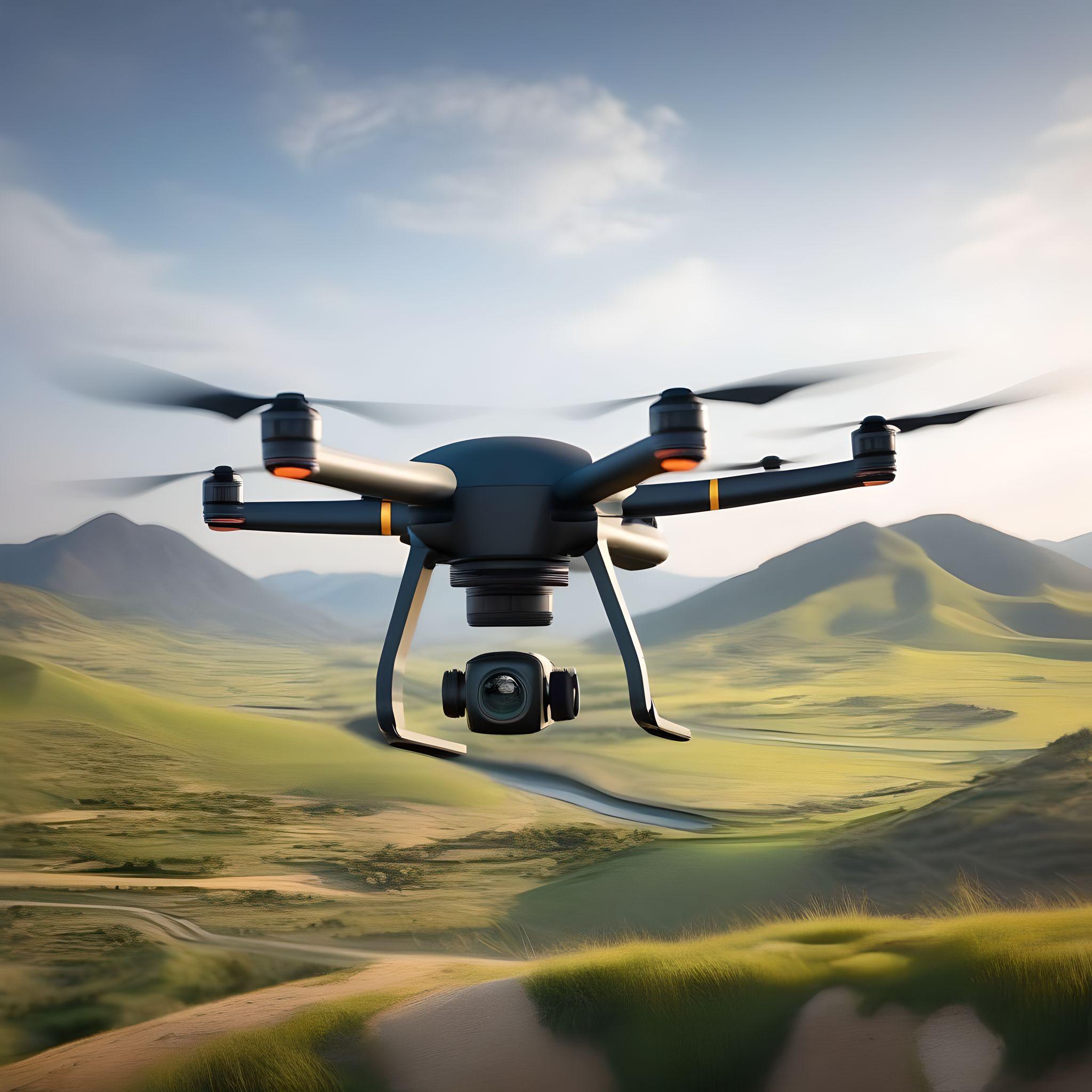Drones started as tools mostly used by the military. Now, drones are rapidly expanding into many industries with innovative applications. As the technology improves, drones keep unlocking new possibilities. Read on as we explore the promising future uses of drones and how they will transform various fields.
Autonomous Drone Deliveries
One of the most anticipated drone applications is autonomous delivery of packages, food orders and other goods using unmanned aerial vehicles (UAVs). Companies like Amazon and Google Wing are testing self-flying drones to deliver items directly from warehouses to homes much faster than truck transit.
Artificial intelligence guides autonomous drones to the right addresses. Advanced navigation and object detection sensors help them avoid collisions. Engineers are working to enable drones to carry heavier payloads over longer distances while being energy-efficient.
Once infrastructure for drone flightpaths gets established, you may start receiving some of your online purchases via air! Drones provide faster, greener delivery options benefitting both businesses and consumers.
Inspections with Detailed Drone Data
In addition to delivery, drones now provide helpful aerial data analytics across sectors through remote sensing. Drones with high-resolution cameras and sensors are sent to survey land, infrastructure, energy equipment and more.
In agriculture, sensor-equipped drones fly over fields scanning crop health down to the plant level. This helps farmers determine where more water or fertilizer is needed. For solar plants, heat signatures pinpoint panel issues before malfunctions impact energy output. Drones also expedite construction project progress monitoring with frequent aerial updates.
Detailed drone inspection data allows organizations to optimize operations, reduce expenses and prevent problems from escalating through early issue detection.
Drones to Transport Passengers
The idea of air taxis and vertical takeoff aircraft may seem futuristic, but prototype passenger drones are already in development! Companies plan to use these electric vertical takeoff and landing (eVTOL) vehicles to shuttle people directly between rooftops in congested cities.
You may soon summon an urban air mobility drone via app to zip across traffic and arrive fresher at meetings and events. eVTOLs could also transport goods to city hubs for last-mile drone delivery, transporting both people and packages through integrated urban air mobility infrastructure.
Passenger drones provide faster, eco-friendly transit addressing gridlocked commutes and emissions issues in growing metropolises. They make traversing dense urban landscapes more efficient.
Conservation Drones Patrol Nature
Drones now help scientists and environmental organizations better analyze, protect and manage landscapes, waterways and endangered species. Quadcopters fitted with GPS, high-resolution cameras and geographic information systems (GIS) provide frequent aerial surveys over parks and wilderness.
Operators can map changing forest fire boundaries to coordinate containment. Wildlife migration patterns emerge from tagging and tracking animals with drones. Underwater rovers monitor coral reef bleaching events and measure restoration progress over time.
Drone data renders precise insights for designing targeted green initiatives combating climate change, habitat loss and biodiversity decline across ecosystems. This expands environmental impact through informed conservation action.
Disaster Response and Relief
Natural disasters require quickly assessing situations to deploy aid. But blocked roads and collapsed buildings may prevent responders from reaching all impacted zones safely. Drones equipped to handle harsh weather and terrain provide rapid emergency mapping and analysis.
Heat signature cameras detect stranded survivors needing rescue during floods or earthquakes. Drones also airdrop packaged meals, water purification tablets and medical supplies into devastated communities ahead of ground crew access.
Real-time drone intelligence supports coordinating evacuation logistics and deploying temporary aid shelters in suitable locations. By sending eyes in the skies to view impassable zones, drones expand lifesaving emergency response.

